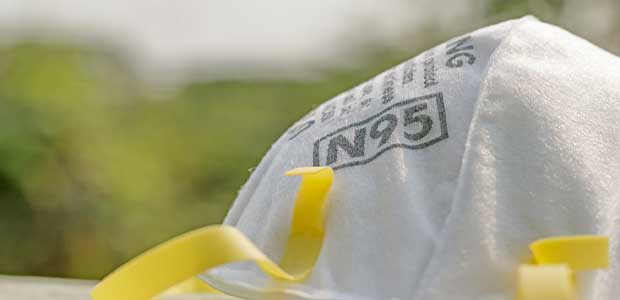
The Last Line of Defense
Sometimes PPE is needed to ensure healthy employees.
- By Kyle Anderson
- Aug 01, 2022
Respirators are the last line of defense for dust mitigation and filtration through silica and sanding to protect users from respirable crystalline silica. According to OSHA, this fine particle is at least 100 times smaller than ordinary sand granules found at the beach. These particles are formed when cutting, sawing, grinding, drilling and crushing stone, rock, concrete, brick, block and mortar.
About 2.3 million people in the U.S. are exposed to silica at work. When this form of silica is inhaled, it increases the risk of developing silica-related diseases such as silicosis. Silicosis is an incurable lung disease that can be fatal and typically occurs within 15 to 20 years of working while exposed to respirable crystalline silica. Other respirable crystalline silica diseases include lung cancer, chronic obstructive pulmonary disease (COPD) and kidney disease.
For respirators, safety standards are put in place to help protect workers from these diseases, which can sometimes be fatal. OSHA requires all respirators on jobsites to be approved and rated by the National Institute for Occupational Safety and Health (NIOSH), the federal agency responsible for testing and approving respirators used in U.S. workplace settings. Each respirator goes through standard tests to qualify the respirator as an air-purifying respirator (APR) and receives a classification.
What do the NIOSH Ratings Mean?
Particulate respirators are classified by the filter material (N, R, P) and the protective properties (95, 99, 100). Below are the filter’s Classification when exposed to oils:
- N Class: respirators/cartridges are not resistant to oils
- R Class: respirators/cartridges are somewhat resistant to oils
- P Class: respirators/cartridges are strongly resistant to oil/oil proof
In this case, we will use the following definition for oil, “Mineral, vegetable, synthetic substance, animal, or vegetable fast that slippery, combustible, viscous, liquid, liquefiable at room temperatures soluble in various organic solvents as ether, but not in water.”
As mentioned above, particulate respirators are also classified by their protective properties. Here’s a breakdown of 95, 99 and 100.
- 95 percent: filters at least 95 percent of the most-penetrating particle sizes
- 99 percent: filters at least 99 percent of the most-penetrating particle sizes
- 100 percent: filters at least 99.97 percent of the most-penetrating particles (HEPA Filters)
This article originally appeared in the July/August 2022 issue of Occupational Health & Safety.